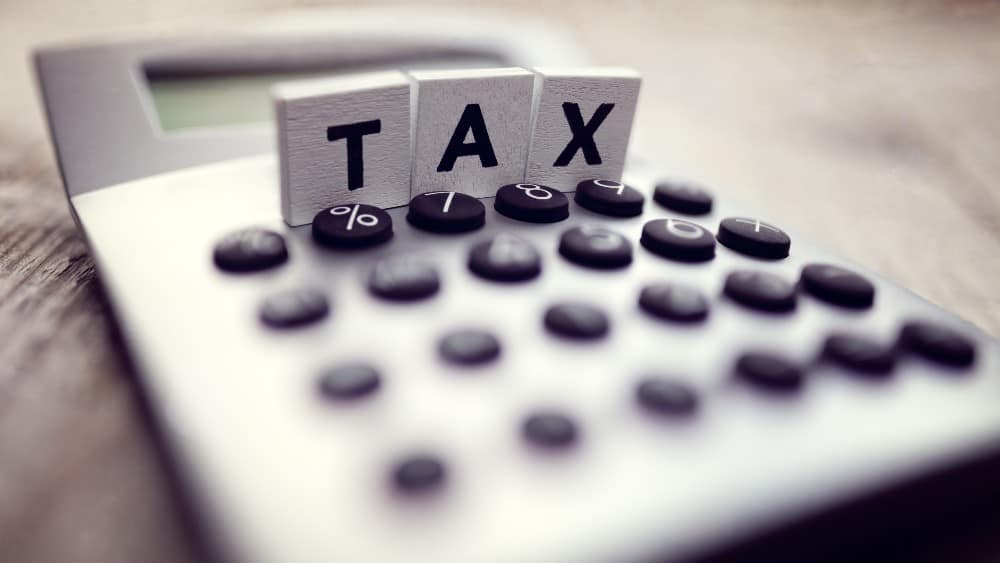Registered Retirement Savings Plan (RRSP) users have exactly 14 days from today to contribute to their tax-sheltered account. Because RRSP contributions are tax-deductible, any user who contributes before March 1, 2022, will surely pay lower taxes in the coming tax season.
Tax deductions could be between 20% and 50%, depending on the contribution amount, income, and tax rate (federal and provincial). For 2022, the maximum dollar amount is 18% of earned income or up to $29,210. I want to emphasize that users have 60 days after year-end to contribute for the previous year. Thus, contributions received after the deadline are not eligible for deduction for the 2021 taxation year.
More than tax savings
A lower tax bill isn’t the only benefit of contributing to an RRSP. The most meaningful advantage is tax-free growth over time. All interest, gains, and dividends grow tax-free as long as they stay inside the account. However, users must be aware of their tax brackets during withdrawals.
Any withdrawal, regardless of amount, are taxable and the corresponding tax depends on your rate that year. If your marginal rate is high, the withdrawal could place you in a higher tax bracket.
Most users take advantage of this versatile savings vehicle to save for retirement or build wealth for the sunset years. As of January 2022, 53% of Canadians use RRSPs to invest for retirement. The data is from the results of a Royal Bank of Canada survey. Younger Canadians are likewise focusing on investing because they fear rising inflation.
The top choices right now for RRSP investors are Manulife Financial (TSX:MFC)(NYSE:MFC) and Laurentian Bank (TSX:LB). Both are federally regulated financial institutions that have raised dividends recently.
Strong financial performance
Manulife proved once more that it can endure tough times. The $53.25 billion insurer and financial services provider reported glowing financial results in 2021. Net income ($7.1 billion) and core earnings ($6.5 billion) rose 21% and 18.5% versus 2020. The former was a record for the company.
Roy Gori, MFC’s president and CEO, notes the $27.9 billion net inflows in the Global Wealth Asset Management (GWAM) line of business. The amount is triple compared with 2020. In Q4 2021, GWAM’s growth versus Q4 2020 was 189.3%. At $27.41 per share, current investors enjoy a 13.69% year-to-date gain in addition to the 4.82% dividend.
Completed rebuilding
Laurentian Bank recently hit a 52-week high but closed lower on February 11, 2022. However, at $43.69 per share, the bank stock is still up 8.76% year-to-date. If you invest today, the dividend yield is 4.03%. Analysts credit the recent spike to the bank’s participation in the Partnership for Carbon Accounting Financials (PCAF).
The $1.9 billion lender wants to reduce its carbon footprint. Financial institutions worldwide, through PCAF, can collaborate to develop standardized methods to measure and disclose carbon emissions from financing and investment activities.
Laurentian’s net income in 2021 fell 50% versus 2021. According to its president and CEO, Rania Llewellyn, the bank’s resetting and rebuilding is complete. Llewellyn is excited and optimistic for 2022 because it’s the year of execution.
Countdown
The countdown has begun for RRSP users who want to pay lower taxes in 2022. Those who can’t contribute can carry forward unused limits for use in future years.









